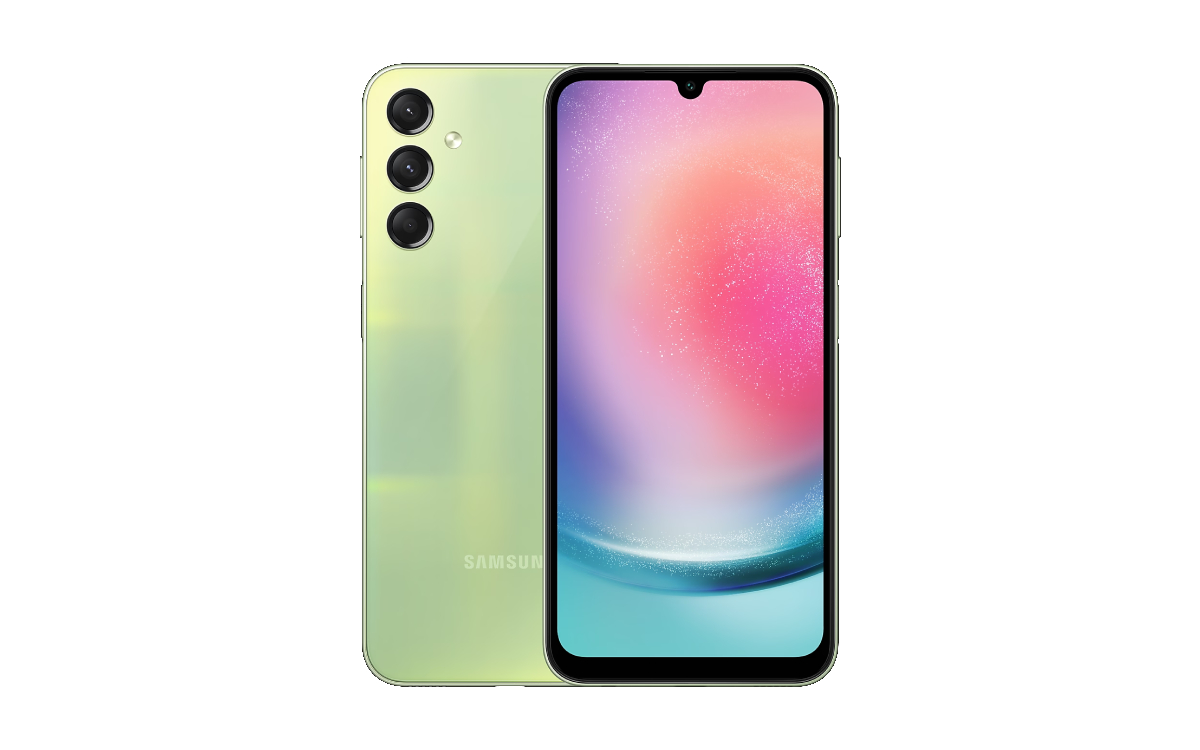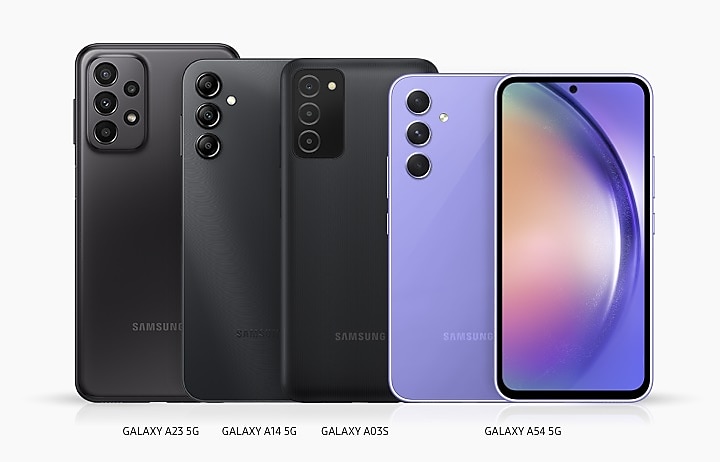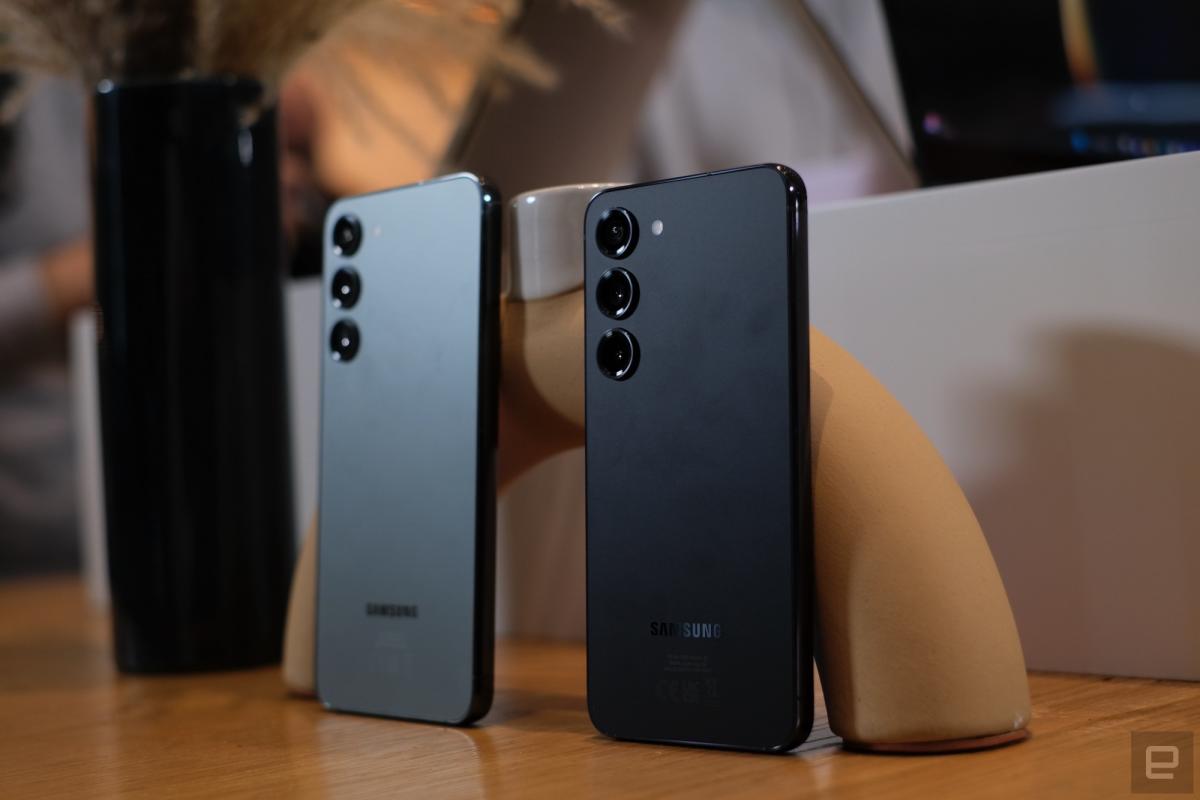samsung galaxy s ii stands as a testament to innovation in the smartphone industry, boasting a range of impressive specifications and features that set it apart from its contemporaries. This iconic device not only revolutionized the way users interacted with their mobile technology but also paved the way for future advancements in smartphone design and functionality.
With its sleek design, powerful performance, and user-friendly interface, the Samsung Galaxy S II captured the hearts of tech enthusiasts and casual users alike. From its high-resolution display to its robust software capabilities, this smartphone remains a significant player in the history of mobile technology.
Specifications and Features of Samsung Galaxy S II
The Samsung Galaxy S II, launched in 2011, was a game-changer in the smartphone market, showcasing impressive specifications and features that set new standards in the industry. With a blend of cutting-edge technology and sleek design, it captured the attention of tech enthusiasts and casual users alike.
The Galaxy S II is equipped with powerful hardware designed to enhance user experience. It features a Super AMOLED Plus display, which is known for its vibrant colors and deep blacks, making it ideal for media consumption. The device is powered by a dual-core processor that ensures smooth multitasking and efficient performance. Additionally, the phone supports various connectivity options, making it versatile for everyday use.
Technical Specifications
The technical specifications of the Samsung Galaxy S II underscore its prominence in the smartphone landscape. Here are the key features:
- Display: 4.3 inches Super AMOLED Plus, 480 x 800 pixels resolution
- Processor: Exynos 4210 dual-core 1.2 GHz
- RAM: 1 GB
- Storage: 16 GB or 32 GB internal storage, expandable via microSD up to 64 GB
- Camera: 8 MP rear camera with LED flash, 2 MP front camera
- Operating System: Android 2.3 Gingerbread (upgradable to later versions)
- Battery: 1650 mAh removable battery
- Dimensions: 125.3 x 66.1 x 8.49 mm
- Weight: 116 grams
Unique Features
The Samsung Galaxy S II introduced several unique features that distinguished it from its competitors, enhancing user experience and functionality.
- Thin and Lightweight Design: At just 8.49 mm thick and weighing 116 grams, the Galaxy S II was one of the slimmest smartphones at its launch, offering portability without compromising on performance.
- Super AMOLED Plus Technology: This technology provided better color reproduction and visibility in bright conditions, setting a new bar for display quality in smartphones.
- Dual-Core Performance: The combination of a dual-core processor and optimized software allowed for faster app loading times and improved multitasking capabilities compared to single-core competitors.
- Smart Features: Features like Smart Stay, which kept the screen on while the user was looking at it, demonstrated Samsung’s innovative approach to enhancing user interaction.
Comparison with Competitors
The Samsung Galaxy S II stood out against its peers through its impressive specifications and features. The following table illustrates a comparison between the Galaxy S II and its main competitors at the time:
| Feature | Samsung Galaxy S II | HTC Sensation | LG Optimus 3D |
|---|---|---|---|
| Display | 4.3 inches Super AMOLED Plus | 4.3 inches SLCD | 4.3 inches LCD |
| Processor | Exynos 4210 Dual-Core 1.2 GHz | Qualcomm Snapdragon Dual-Core 1.2 GHz | TI OMAP Dual-Core 1 GHz |
| RAM | 1 GB | 1 GB | 512 MB |
| Camera | 8 MP Rear, 2 MP Front | 8 MP Rear, 1.3 MP Front | 5 MP Rear, 1.3 MP Front |
| Battery | 1650 mAh | 1520 mAh | 1500 mAh |
“The Samsung Galaxy S II redefined what users could expect from a smartphone, setting a benchmark for future devices.”
User Experience and Performance

The Samsung Galaxy S II, released in 2011, marked a significant milestone in smartphone evolution, captivating users with its sleek design and advanced features for its time. The overall user experience was enhanced by its intuitive interface and responsive hardware, making it a popular choice among tech enthusiasts and casual users alike.
The performance of the Samsung Galaxy S II was driven by its dual-core processor and robust RAM, establishing a standard for future smartphones. Its performance metrics positioned it well against competitors in the market, while its various features catered to a diverse range of user needs.
Overall User Experience
The user experience of the Samsung Galaxy S II was defined by its vibrant Super AMOLED Plus display, which provided excellent color reproduction and visibility even in direct sunlight. The TouchWiz UI, although criticized by some for being heavy, offered a range of customization options allowing users to tailor their devices to individual preferences. The experience was smooth during various tasks, from browsing the web to playing graphics-intensive games, thanks to its efficient multitasking capabilities.
Performance Metrics and Benchmarks
In terms of performance, the Samsung Galaxy S II handled tasks with remarkable efficiency for its era. It was powered by a 1.2 GHz dual-core Cortex-A9 processor and had 1 GB of RAM, resulting in impressive performance benchmarks. Various tests indicated that it could handle gaming and multitasking without significant lag, making it a strong contender in 2011. These capabilities were reflected in popular benchmarking tools such as Quadrant and AnTuTu, where the S II achieved scores that outperformed many of its contemporaries.
Battery Life and Charging Capabilities
The battery life of the Samsung Galaxy S II was another crucial aspect of its user experience. It was equipped with a 1650 mAh battery, which provided a satisfactory performance for typical daily usage, lasting a full day with moderate use. When compared to newer models, the battery life may seem underwhelming; however, it was acceptable at the time, especially with features like power-saving modes.
In terms of charging capabilities, the Galaxy S II supported standard charging methods without fast charging technology, a common feature in modern devices. Users typically reported charging times of around 2 hours to reach full capacity. Comparatively, newer models boast significantly faster charging solutions, often achieving up to 50% charge in just 30 minutes, highlighting advancements in battery technology over the years.
“The Samsung Galaxy S II set a strong precedent for smartphone performance and user experience, paving the way for future innovations.”
Software and Updates

The Samsung Galaxy S II was initially launched with Android 2.3 Gingerbread, showcasing Samsung’s TouchWiz interface, which provided a unique user experience with customizable features and enhanced usability. Over the years, the device has received several notable updates that have significantly improved performance, security, and functionality, solidifying its place in smartphone history.
The software ecosystem of the Samsung Galaxy S II revolves around its Android operating system, which has evolved through various updates, each adding a layer of sophistication and functionality for users. From the original Gingerbread to ICS (Ice Cream Sandwich) and later updates, the software provided enhancements such as improved multitasking capabilities, refined UI elements, and better battery management. This evolution has had a profound impact on user experience, allowing users to benefit from more features and smoother performance as the device aged.
Update History and Timeline
The update history of the Samsung Galaxy S II is a testament to its longevity in the market and Samsung’s commitment to enhancing user experience. Below is a timeline highlighting significant software updates for the device:
- Android 2.3.3 (Gingerbread) – Initial release in May 2011, featuring a redesigned user interface, improved performance, and new features such as better copy and paste functionality.
- Android 2.3.6 (Gingerbread) – Update rolled out in mid-2011, offering minor performance improvements and bug fixes.
- Android 4.0.3 (Ice Cream Sandwich) – Released in early 2012, this major update introduced a completely revamped interface, new multitasking features, and enhanced notifications.
- Android 4.1.2 (Jelly Bean) – Made available in late 2012, bringing Project Butter for smoother UI performance, Google Now integration, and expanded notification options.
- Android 4.2.2 (Jelly Bean) – Offered in early 2013, this update provided additional features like lock screen widgets and enhanced camera capabilities.
The impact of these updates on user experience was significant. Each update not only enhanced the device’s performance but also addressed previous bugs and security vulnerabilities, keeping the Samsung Galaxy S II relevant in an ever-evolving mobile landscape.
“The longevity of the Galaxy S II, coupled with its software updates, allowed it to remain a favorite among users long after its initial launch.”
Accessories and Customization Options

The Samsung Galaxy S II, despite being a classic model, has a wide array of accessories and customization options that enhance its functionality and aesthetic appeal. From protective cases to performance-boosting gadgets, users have many choices to tailor their device to their individual needs and preferences. This section explores popular accessories and customization options available for the Galaxy S II.
Popular Accessories
Accessorizing the Samsung Galaxy S II can significantly elevate the user experience. Below are some of the most sought-after accessories, each serving a unique purpose:
- Screen Protectors: Essential for safeguarding the display from scratches and cracks, tempered glass protectors provide an extra layer of durability without compromising touch sensitivity.
- Cases and Covers: Available in various designs, materials, and colors, cases not only protect the device but also allow users to express their personal style. Options include rugged cases for heavy-duty protection and slim cases for minimalistic appeal.
- Portable Chargers: Given the Galaxy S II’s battery limitations, portable chargers or power banks are invaluable for on-the-go users, ensuring their device remains powered throughout the day.
- Bluetooth Headsets: For hands-free calls and music listening, Bluetooth headsets enhance the audio experience and provide convenience during multitasking.
- Car Mounts: These accessories are perfect for navigation purposes, allowing users to safely and easily access GPS functionalities while driving.
Customization Options, Samsung galaxy s ii
Customizing the Samsung Galaxy S II can enhance both its functionality and visual appeal. Here are some popular customization options:
- Cases: Users can choose from a variety of types, including flip cases, wallet cases, and rugged ones, depending on their lifestyle and preferences. Each case offers distinct protection and style.
- Skins: Vinyl skins can be applied to change the device’s appearance while providing scratch protection. They come in various textures and colors, allowing users to create a unique look.
- Themes: The Galaxy S II supports a range of themes that can alter the overall interface, including icons, wallpapers, and color schemes, helping users personalize their experience further.
Enhancing Performance Through Accessories
In addition to aesthetic modifications, certain accessories can significantly enhance the performance of the Samsung Galaxy S II. Here are some options that can improve usability and functionality:
- Extended Battery Packs: For users requiring extended usage, external battery packs can provide additional power, allowing users to avoid the inconvenience of frequent charging.
- SD Cards: Increasing the storage capacity through microSD cards enables users to store more apps, photos, and media without slowing down the device’s performance.
- Gaming Controllers: For gaming enthusiasts, compatible Bluetooth gaming controllers can enhance the gaming experience, providing better control and responsiveness over touch inputs.
Essential Questionnaire: Samsung Galaxy S Ii
What year was the Samsung Galaxy S II released?
The Samsung Galaxy S II was released in 2011.
What is the battery capacity of the Samsung Galaxy S II?
The Samsung Galaxy S II has a battery capacity of 1650 mAh.
Does the Samsung Galaxy S II support 4G networks?
No, the Samsung Galaxy S II does not support 4G networks; it supports 3G.
What is the maximum storage capacity for the Samsung Galaxy S II?
The Samsung Galaxy S II can support microSD cards up to 32GB.
Is the Samsung Galaxy S II water-resistant?
No, the Samsung Galaxy S II is not water-resistant.
The Samsung Note7 was a groundbreaking device that showcased innovative technology, but its infamous battery issues led to a significant recall. Despite its short-lived existence, it left an indelible mark on the smartphone industry, prompting Samsung to enhance safety protocols in future models.
When considering flagship smartphones, the Samsung Galaxy S 4 often comes to mind. This device was notable for its impressive features, such as a high-resolution display and advanced camera capabilities, making it a favorite among tech enthusiasts during its release.